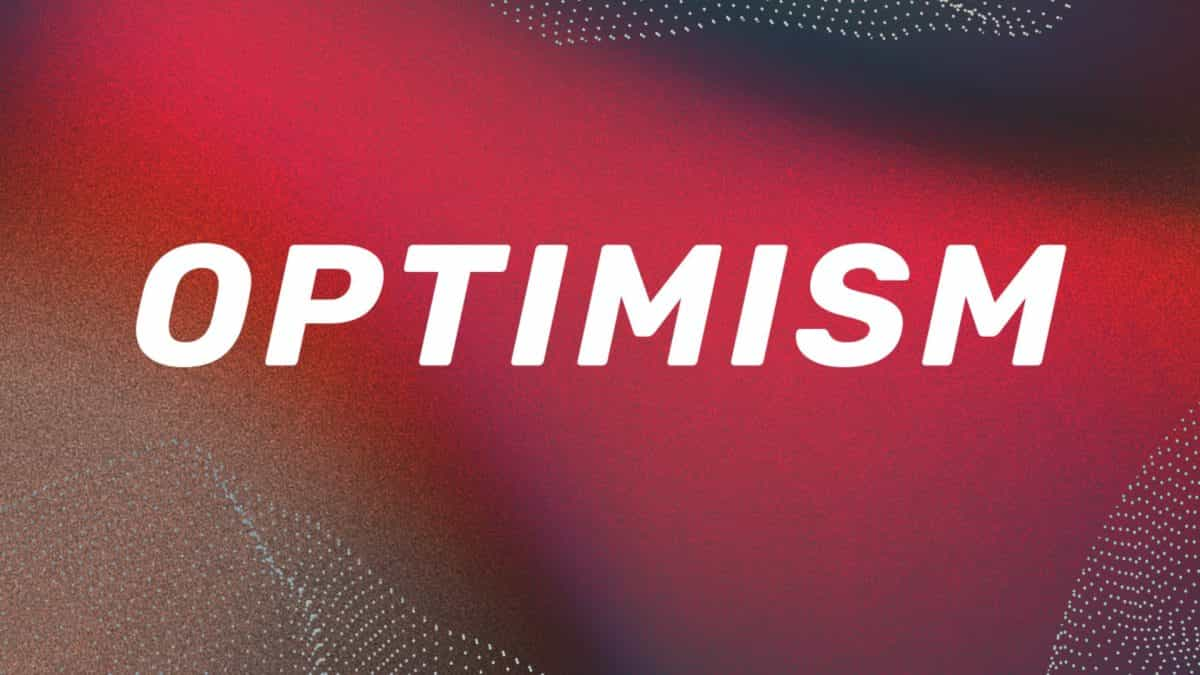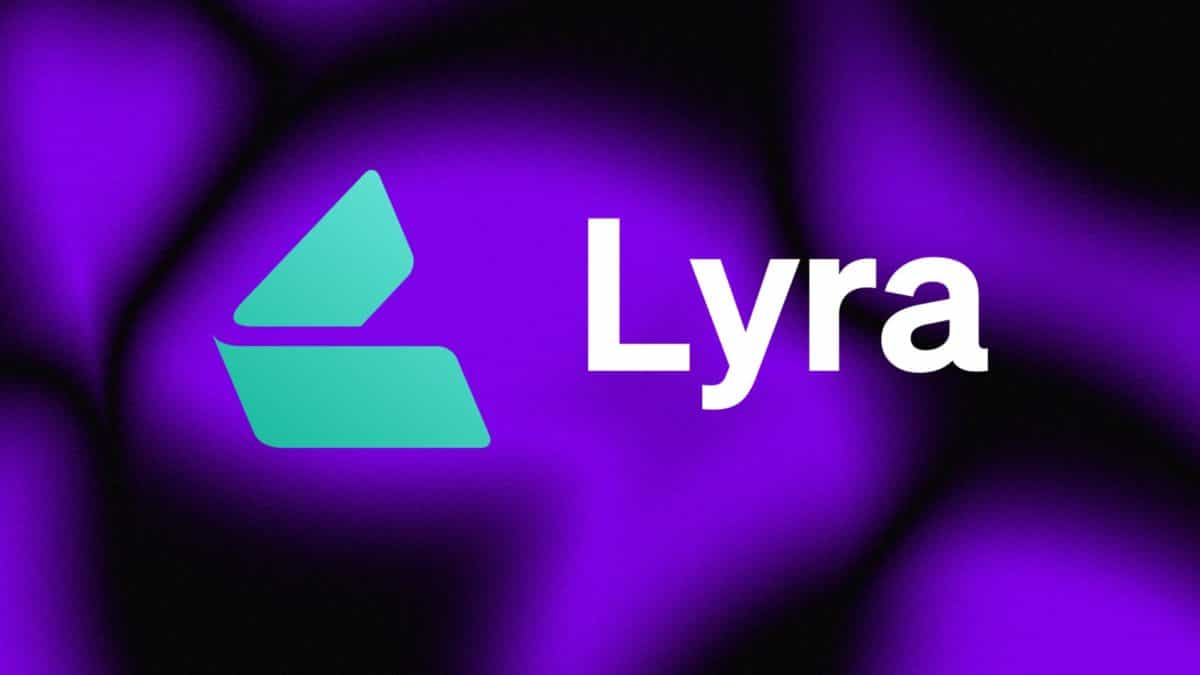Polygon releases proposals on 2.0 upgrade and POL token migration

Quick Take
- The developers behind Polygon have published three proposals to implement the Polygon 2.0 upgrade.
- Among the proposals include creating a POL token, set to replace the MATIC token in various capacities.

The Ethereum  ETH
-0.67%
scaling project, Polygon
ETH
-0.67%
scaling project, Polygon ![]() MATIC
+0.28%
, has officially proposed changes for its upcoming Polygon 2.0 upgrade.
MATIC
+0.28%
, has officially proposed changes for its upcoming Polygon 2.0 upgrade.
Initially introduced in June, Polygon 2.0 aims to establish a comprehensive network of interconnected Layer 2 chains, driven by zero-knowledge proofs.
Today, Polygon Labs released three Polygon Improvement Proposals (PIPs) that detail the outline of the transition, specifications for the upgraded Polygon 2.0 architecture and updates to its native token.
The team has asked the community to provide feedback on the proposals, which will be implemented following approval through a governance vote. The final Polygon 2.0 upgrade is expected next year.
The three proposals
The first among the three proposals, PIP-17, outlines “Phase 0” of Polygon 2.0. The primary aspect of this proposal is to ensure that no action will be required from end-users and developers on the existing Polygon PoS and Polygon zkEVM chains during the upgrade.
Secondly, PIP-18 proposes the implementation of the POL token, which is intended to replace the existing MATIC token as the native gas and staking asset of the Polygon ecosystem.
Thirdly, PIP-19 calls for upgrading the native gas token on Polygon PoS from MATIC to POL in a manner that ensures maximum backward compatibility. This makes certain the upgrade to the new token will not alter smart contracts on Polygon PoS in terms of compatibility. The objective here is to ensure the upgraded POL token’s code properties remains the same.
© 2023 The Block. All Rights Reserved. This article is provided for informational purposes only. It is not offered or intended to be used as legal, tax, investment, financial, or other advice.



